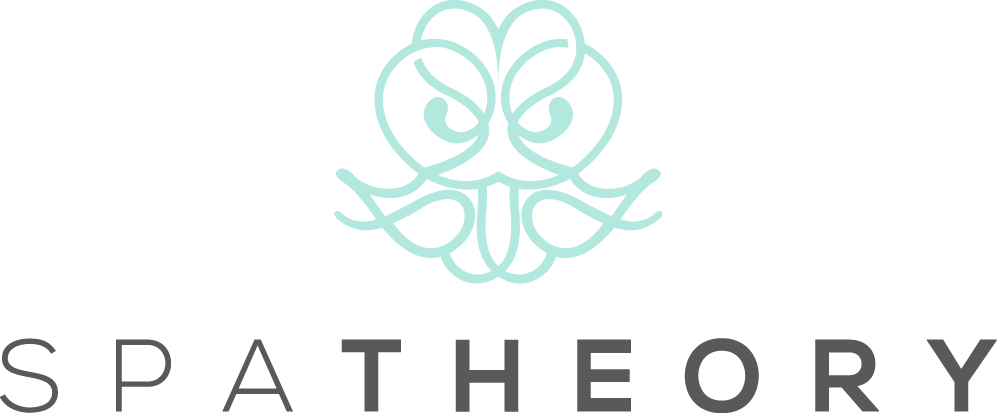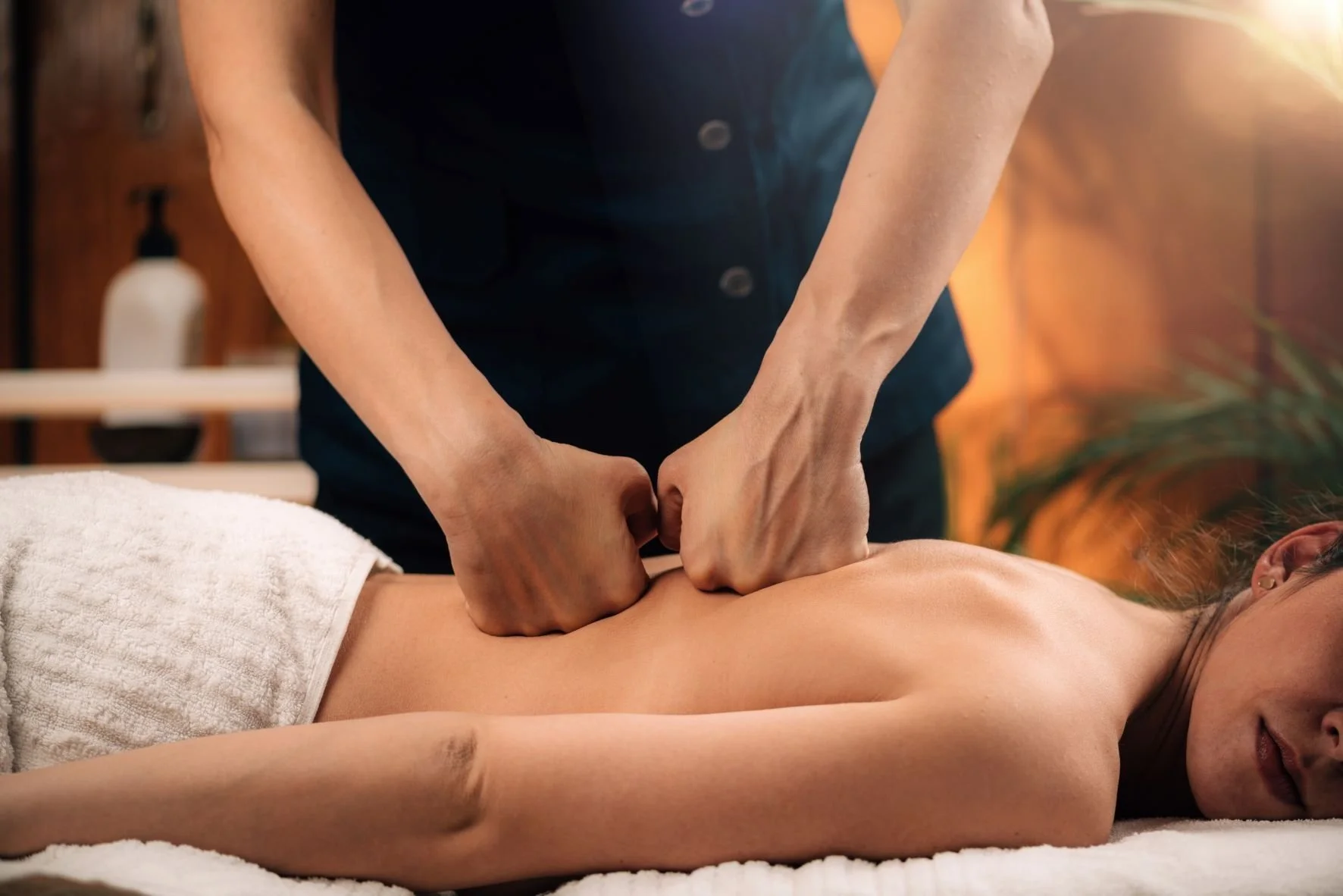Rolfing Massage: How It Works & Benefits for Pain Relief, Posture & Movement
If you've ever searched for natural, body-based solutions to chronic pain or postural issues, you may have stumbled upon the term “Rolfing massage.” But what is Rolfing massage exactly?
What Is Rolfing Massage?
Rolfing massage therapy, also known as Rolfing Structural Integration, is a specialized hands-on bodywork technique developed by Dr. Ida Rolf. Unlike traditional massage, which primarily focuses on muscles, Rolfing targets the body’s connective tissue, known as fascia. By systematically manipulating this tissue, Rolfing aims to realign the body with gravity, reduce chronic tension, and improve overall movement.
Created in the 1940s and formalized through the Rolf Institute, Rolfing massage therapy is rooted in holistic health and the belief that the body functions better when it is properly aligned. As one of the most transformational forms of structural integration massage therapy, Rolfing is increasingly sought after by athletes, chronic pain sufferers, and wellness enthusiasts worldwide.
How Rolfing Differs from Traditional Massage & Deep Tissue
A common question people ask is: How is Rolfing different from massage? While both involve physical manipulation of the body, the goals and methods differ drastically.
Traditional massage (like Swedish or deep tissue) focuses on relaxation, tension release, and temporary pain relief.
Rolfing massage therapy goes deeper—working with fascia to achieve long-term postural alignment and movement efficiency.
In the debate of Rolfing vs massage therapy, Rolfing stands out as a holistic, whole-body intervention that corrects structural imbalances from head to toe. According to the European Rolfing Association, this technique can profoundly reshape the way your body moves and functions.
The 10‑Series Session Structure (Sleeve, Core, Integration)
Rolfing massage therapy is typically delivered in a systematic 10-session process known as the “10-Series.” Each session has a distinct focus:
Sessions 1–3 (Sleeve sessions): Address superficial fascia, improving breathing, and freeing the ribcage.
Sessions 4–7 (Core sessions): Target deep structures like the pelvis, spine, and legs for postural change.
Sessions 8–10 (Integration): Synthesize all previous work to ensure lasting change and movement harmony.
This progressive structure is what defines the rolfing massage technique, as outlined by the Rolf Institute.
Experience Wellness at Home with SpaTheory’s Mobile Massage Services. Prefer something other than Rolfing?
Rolfing Movement Integration & Awareness Education
Beyond touch, Rolfing includes movement re-education. Clients learn how to sit, stand, and move with improved body awareness, often described as “gravity-friendly movement.”
This aspect—called Rolfing Movement Integration—is fundamental. It bridges the gap between structural change and daily life. Many practitioners combine rolf method massage with structural integration massage training in movement to provide a fully embodied healing experience.
Health Benefits of Rolfing Massage Therapy
Chronic Pain Relief & Postural Alignment
One of the most praised benefits of Rolfing massage therapy is its ability to relieve chronic pain caused by misalignment. Whether you suffer from low back pain, neck tension, or plantar fasciitis, Rolfing helps by restoring natural posture and movement patterns.
By targeting the fascia and releasing tightness, rolf deep tissue massage facilitates balance and alignment, allowing muscles to function properly without compensating for structural issues.
Studies referenced by the European Rolfing Association and anecdotal evidence suggest significant improvements in mobility, posture, and reduced discomfort.
Improved Athletic Performance & Movement Efficiency
Athletes love Rolfing for good reason. By correcting muscular imbalances and enhancing body mechanics, Rolfing helps athletes:
Move more efficiently
Reduce injury risk
Recover faster from physical exertion
From runners in Chicago to yoga teachers in Los Angeles, rolfing massage NYC/LA/Chicago searches are spiking as performance-oriented individuals look for holistic ways to stay at their peak.
Emotional Release & Nervous System Reset
An unexpected but powerful outcome of Rolfing is emotional release. Rolfing can activate the parasympathetic nervous system and unlock stored trauma within fascia.
Many clients describe a “reset” effect, feeling emotionally lighter, less anxious, and more grounded. This has led to the rise in terms like rolfer massage and massage Rolfing in mental wellness circles.
“Rolfing Massage Therapist Near Me” — How to Find & Verify One
To find a legitimate practitioner near you, search for “rolfing massage near me” or “rolfer massage near me”, then cross-check credentials on the Ida Rolf Institute Directory. Certified Rolfers undergo rigorous structural integration massage certification and training.
Look for:
Testimonials
Certification badges
Session structure explanations
Typical Cost, Session Frequency & Insurance Considerations
Wondering about rolfing massage cost? Rates vary by region and experience level:
Average cost per session: $120–$180
Session duration: 60–90 minutes
Frequency: Weekly or bi-weekly for best results
Insurance coverage is limited, but some plans may reimburse under out-of-network bodywork or physical therapy. Always ask your provider about massage Rolfing cost policies in your area.
SpaTheory delivers certified massage therapy to your door in select metro areas. Choose the mobile massage treatment that fits your needs.
Potential Side Effects & What to Expect in a Session
Is Rolfing painful? Many clients wonder “does Rolfing massage hurt?” While it’s intense, it shouldn’t be unbearable.
You may feel:
Soreness post-session (like after a deep workout)
Emotional releases (tears, memories, dreams)
Heightened body awareness
Rolfing vs Other Therapies
How does Rolfing compare to other popular therapies?
| Therapy | Focus | Long-Term Structural Change? | Other Key Benefits |
|---|---|---|---|
| Rolfing | Fascia, alignment | ✅ Yes | Postural correction, chronic pain relief, movement re-education |
| Deep Tissue Massage | Muscles, tension relief | ❌ No | Breaks up scar tissue, aids recovery, ideal for athletes and chronic pain sufferers |
| Swedish Massage | Relaxation | ❌ No | Reduces anxiety, boosts circulation, supports immune health, great for stress management |
| Myofascial Release | Fascia | 🔶 Sometimes | Increases flexibility, releases trigger points, supports mobility |
| Physical Therapy | Injury rehab | 🔶 Sometimes | Rehab post-injury/surgery, improves range of motion, often medically prescribed |
Training, Certification & Becoming a Rolfer
Interested in becoming a certified Rolfer? Here’s how to start:
Enroll in a structural integration massage training program at the Rolf Institute
Complete prerequisite anatomy and physiology courses
Undergo hands-on training and clinical practicum
Earn your rolf certification
Becoming a Rolfer requires deep knowledge of human structure, movement, and energy systems. It’s ideal for bodyworkers looking to upgrade their career with a structural integration massage certification.
Scientific studies on Rolfing are limited but growing. Some small trials and case reports suggest improvements in:
Chronic back pain
Range of motion
Emotional well-being
Gait and movement efficiency
However, critics label Rolfing as pseudoscientific due to a lack of large-scale randomized control trials.
Final Thoughts
Rolfing massage is more than a trend; it’s a profound journey into body awareness, healing, and alignment. Whether you’re looking for chronic pain relief, improved posture, or emotional release, Rolfing offers a unique and powerful solution.


